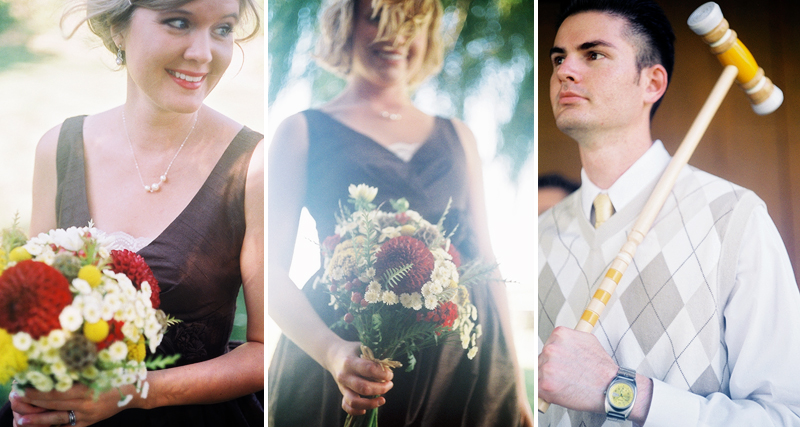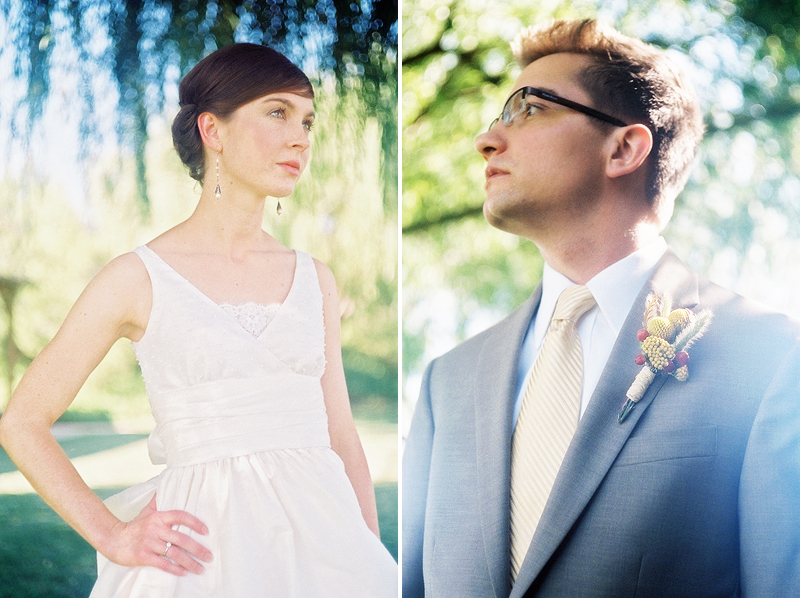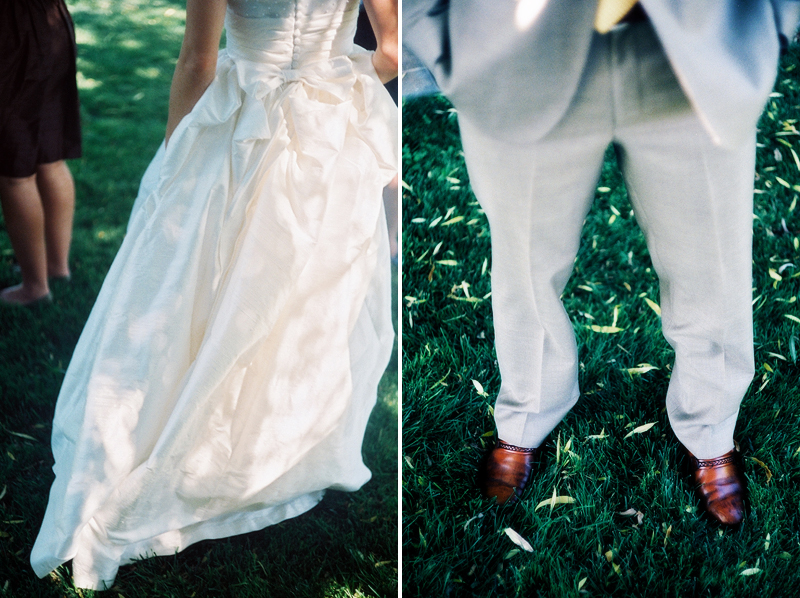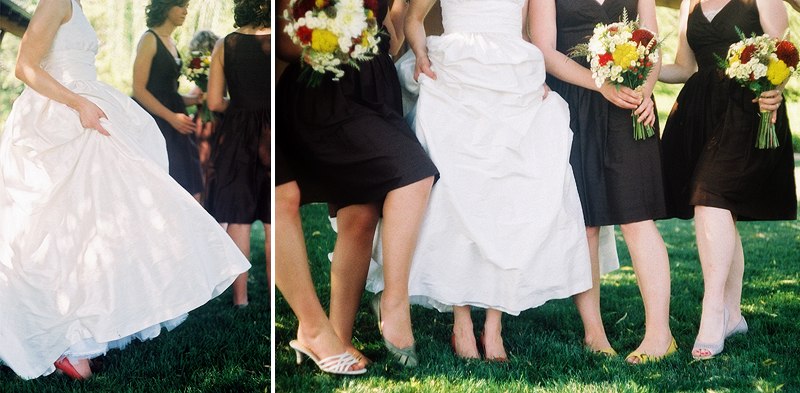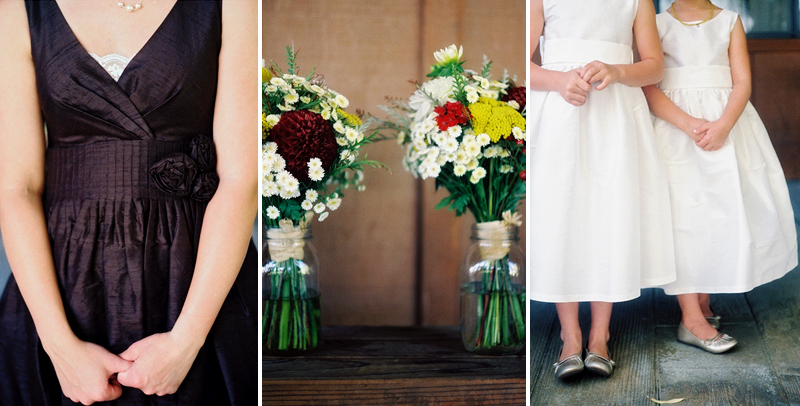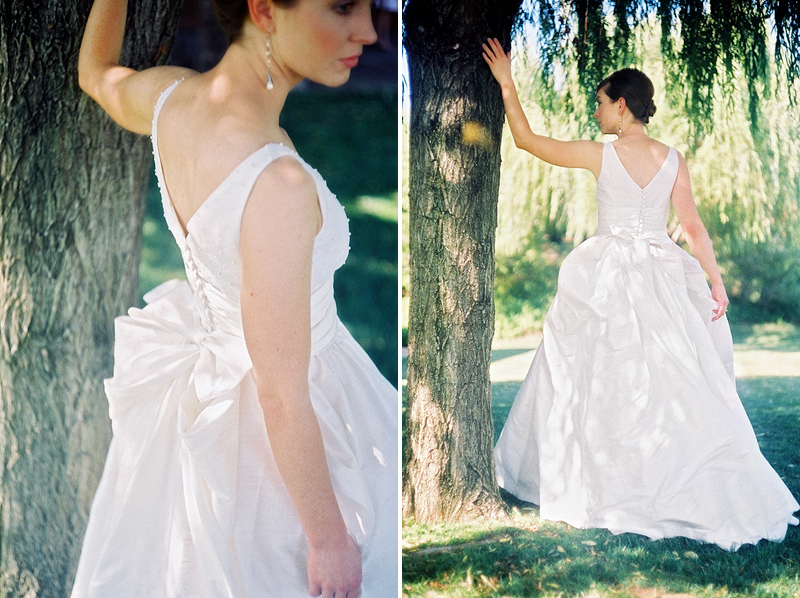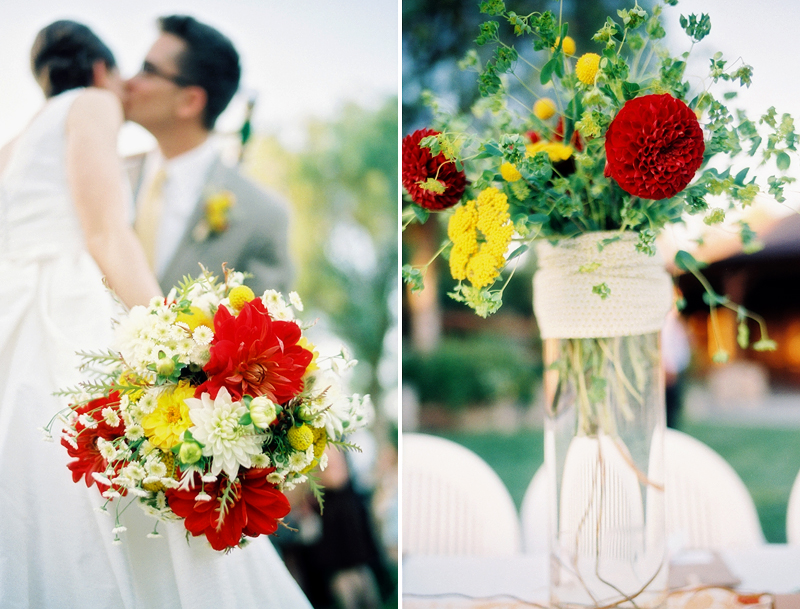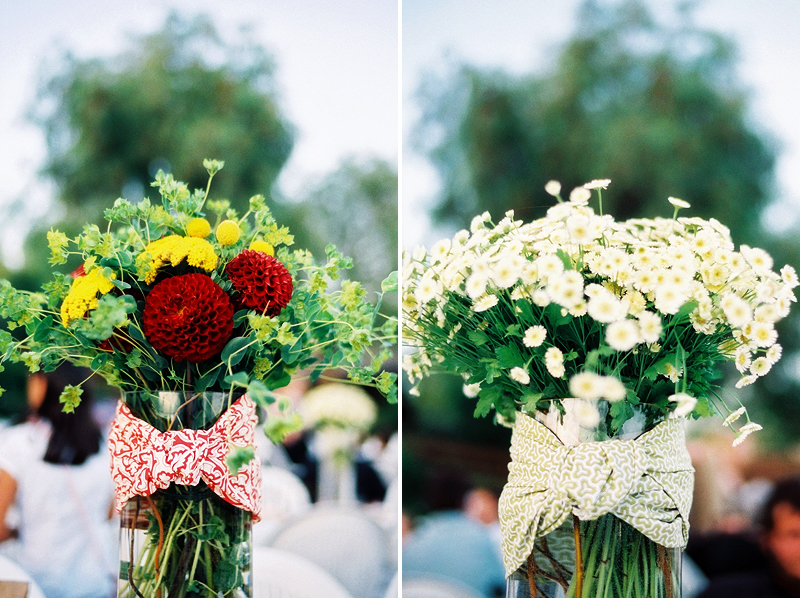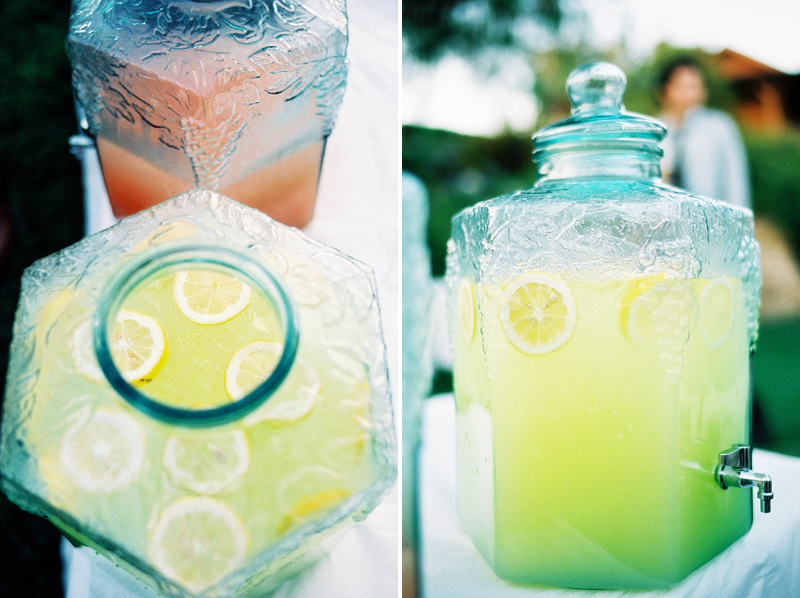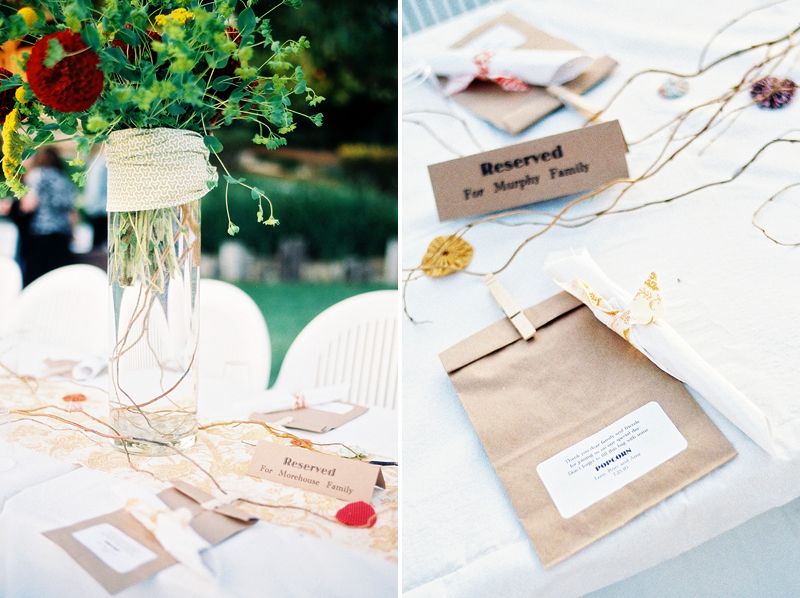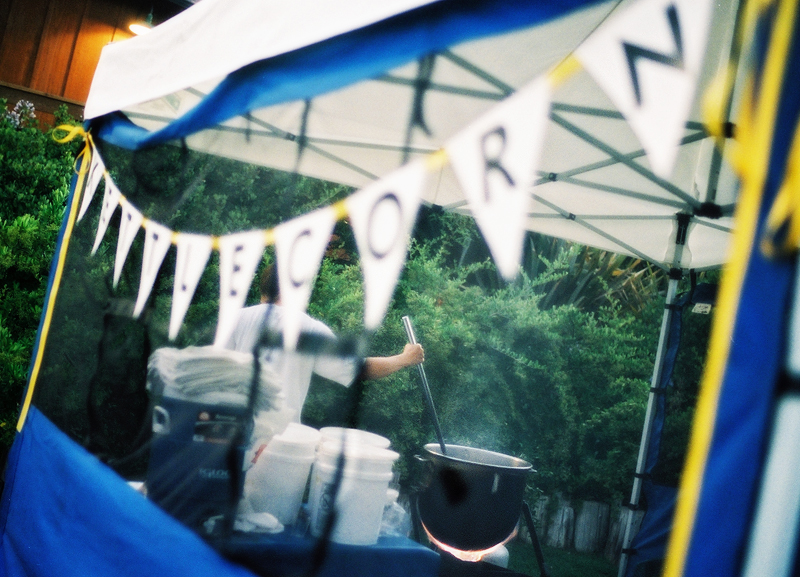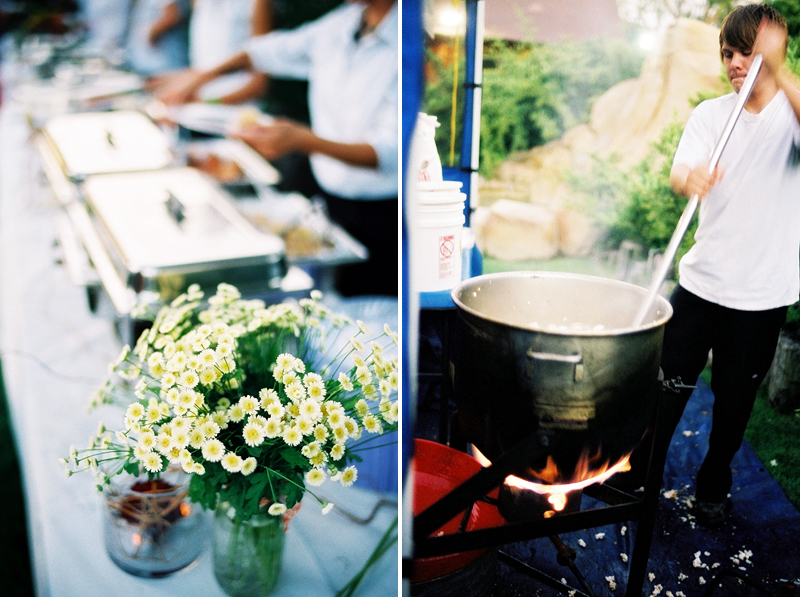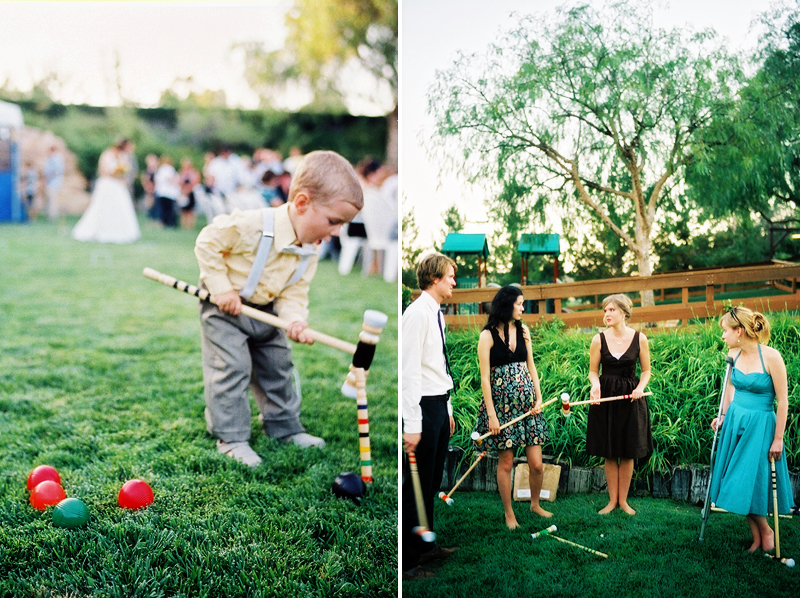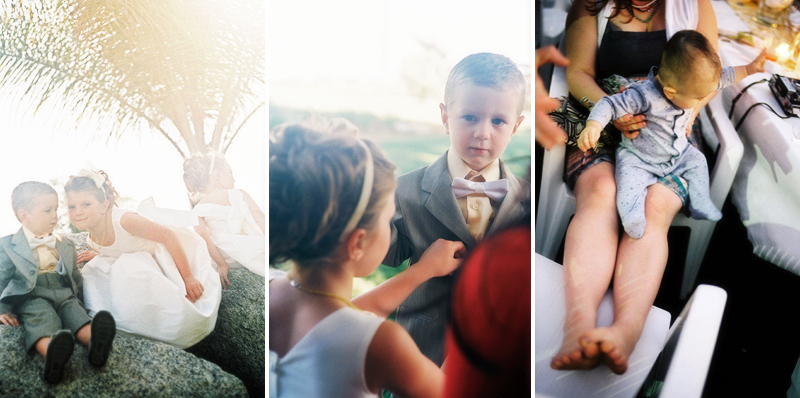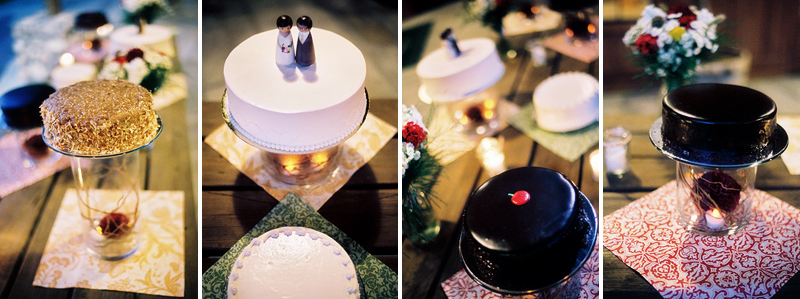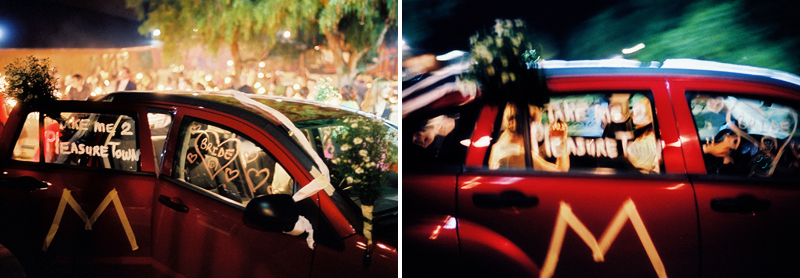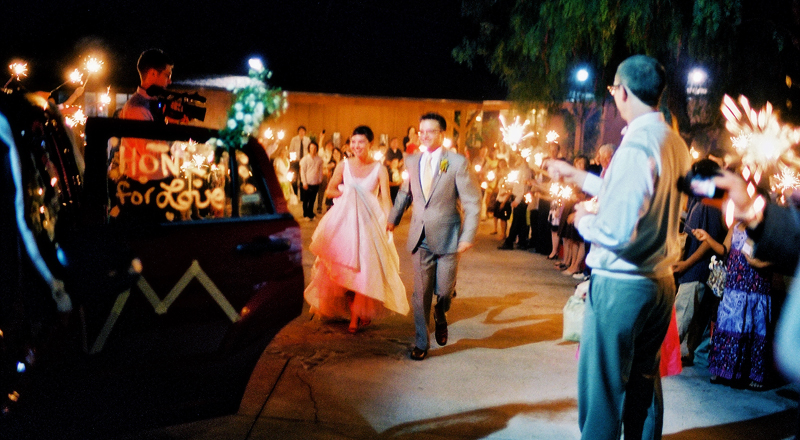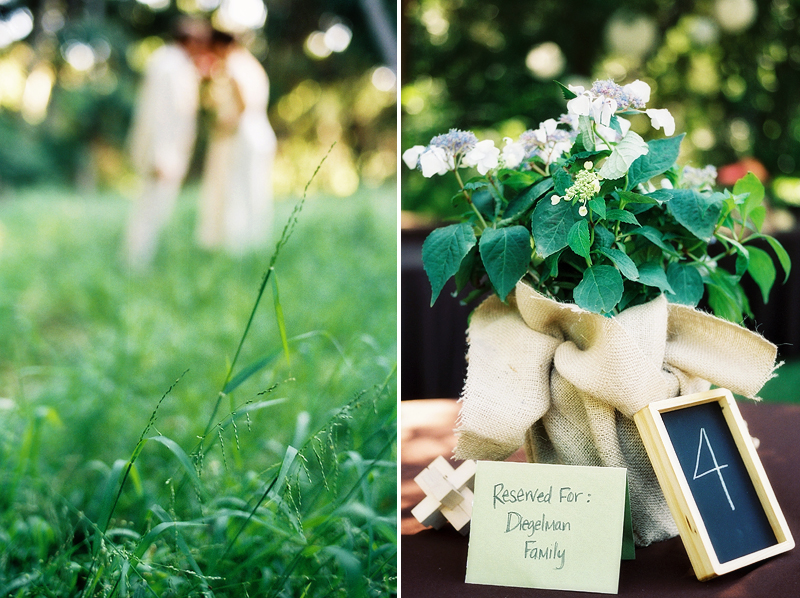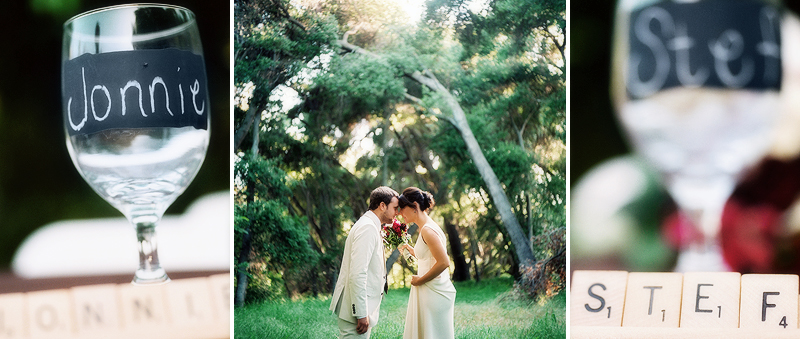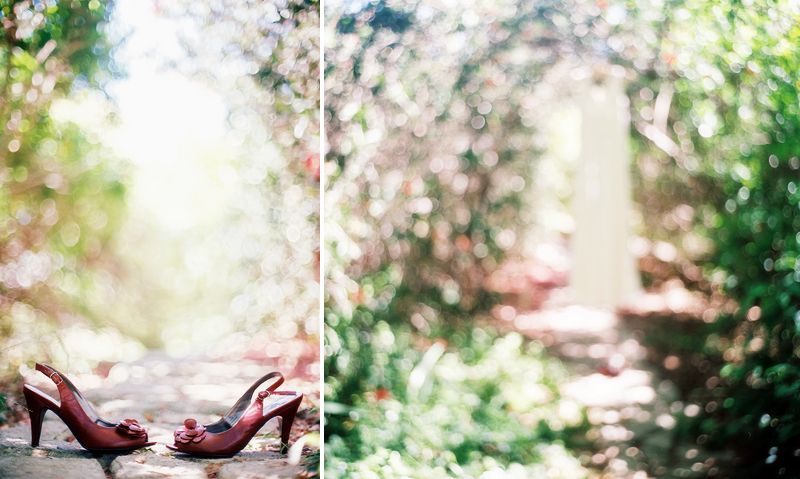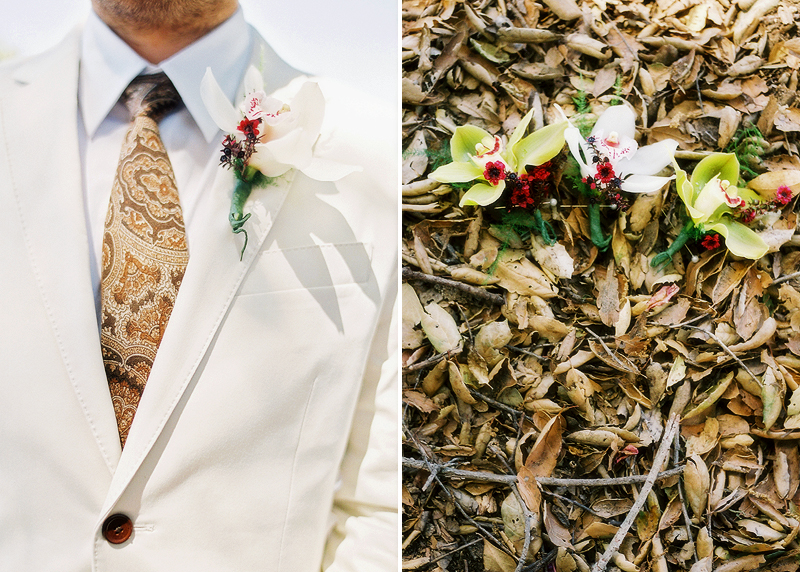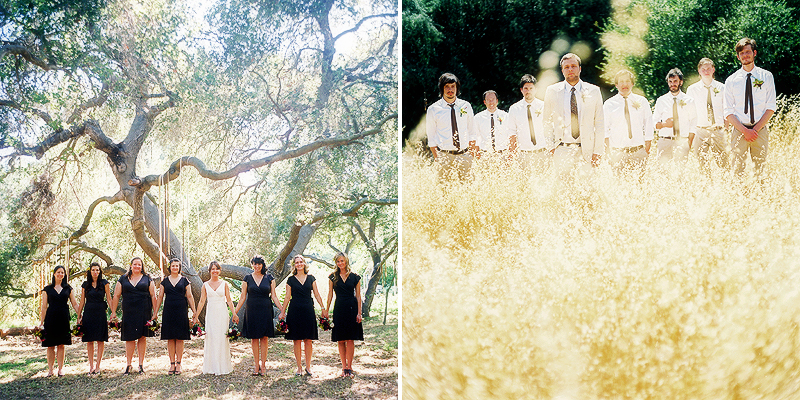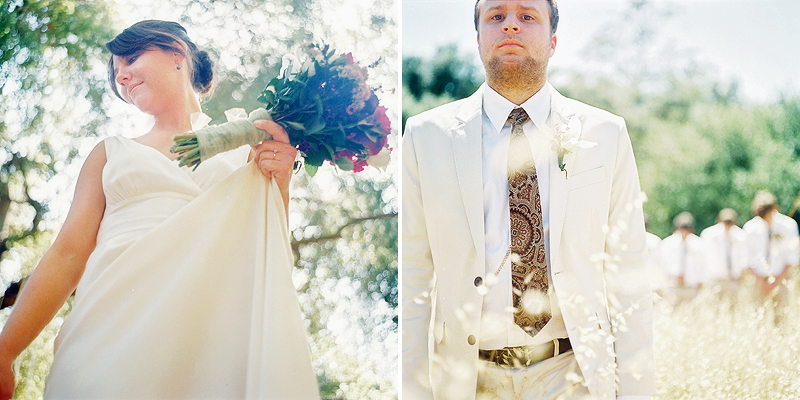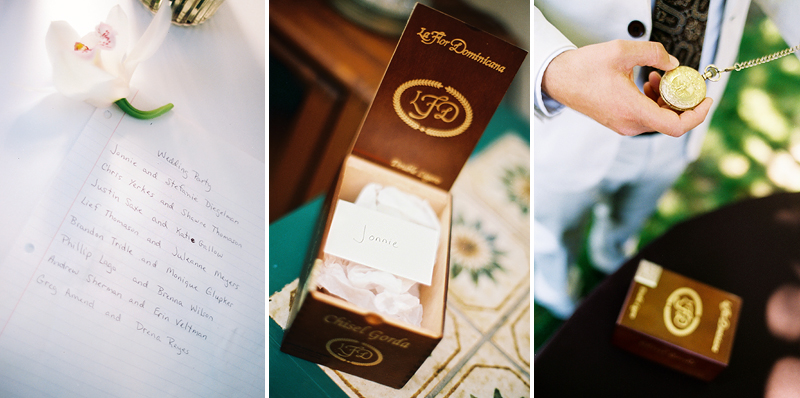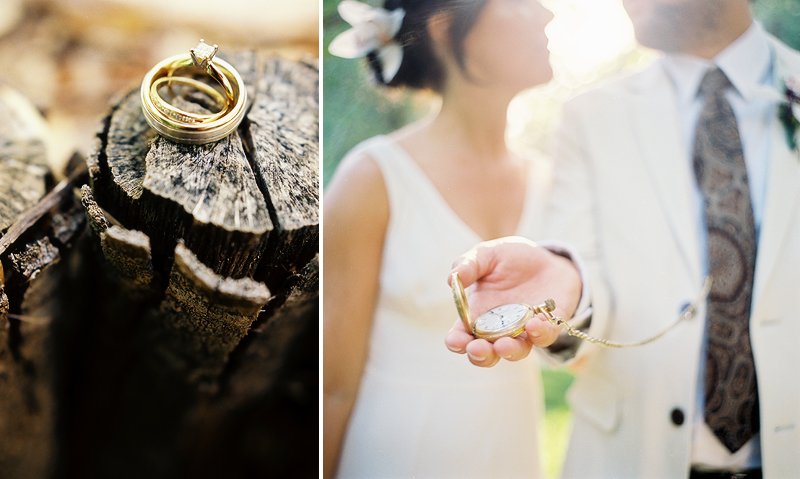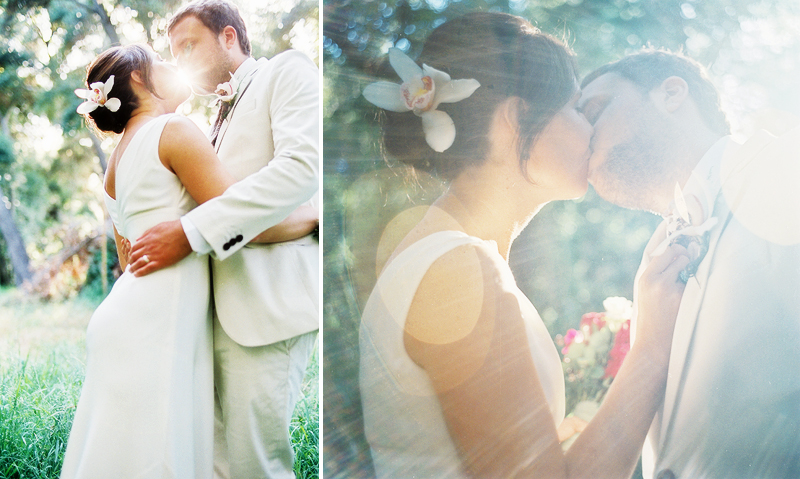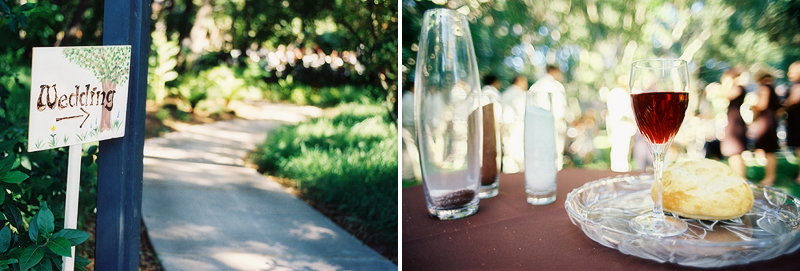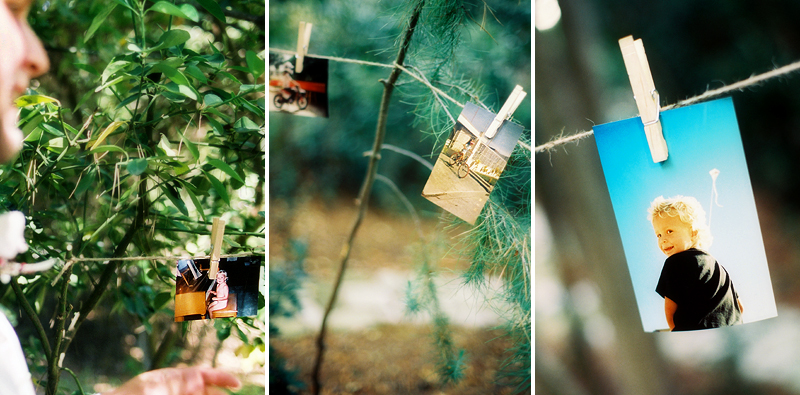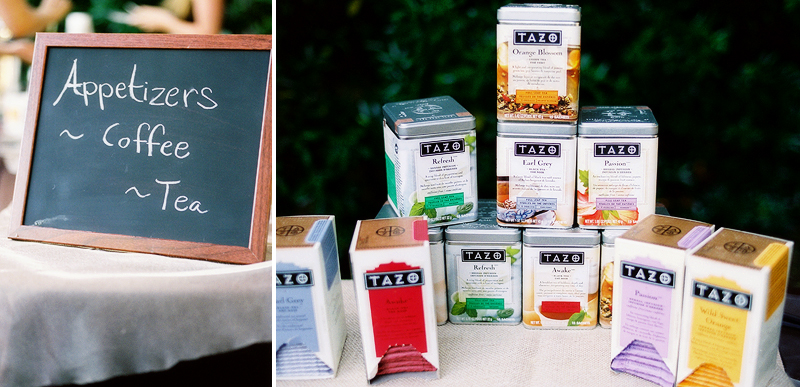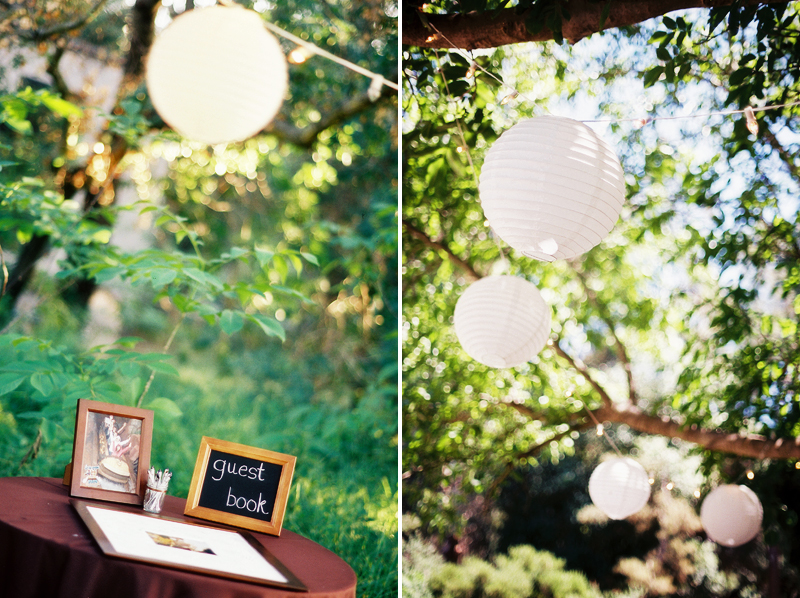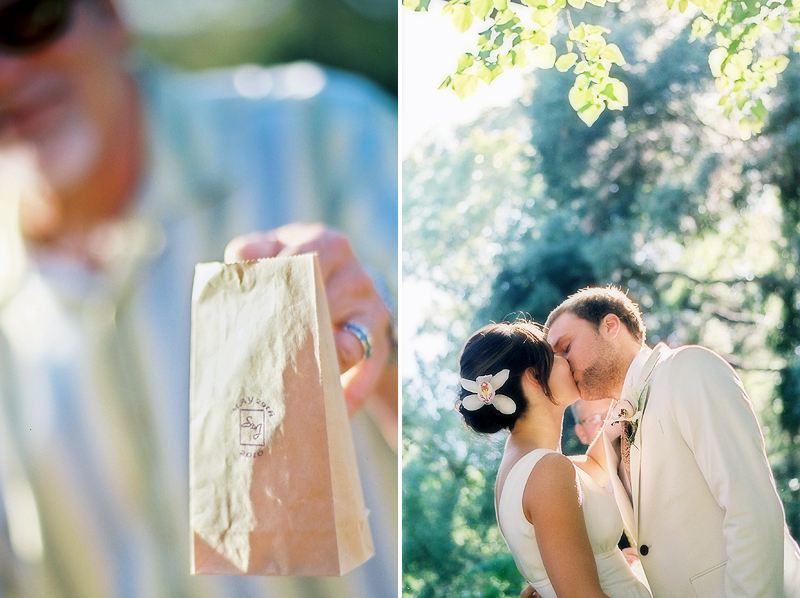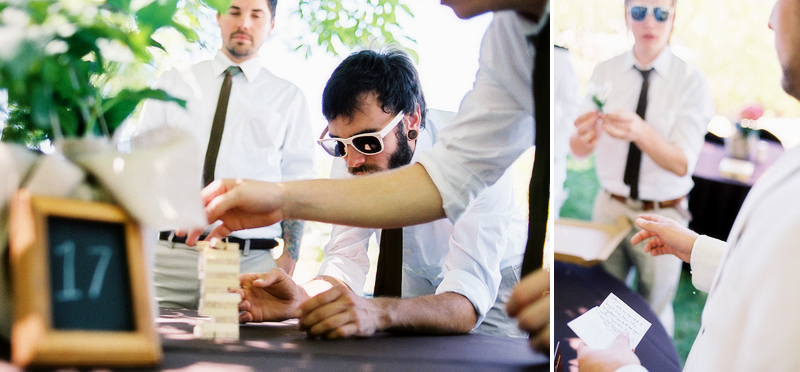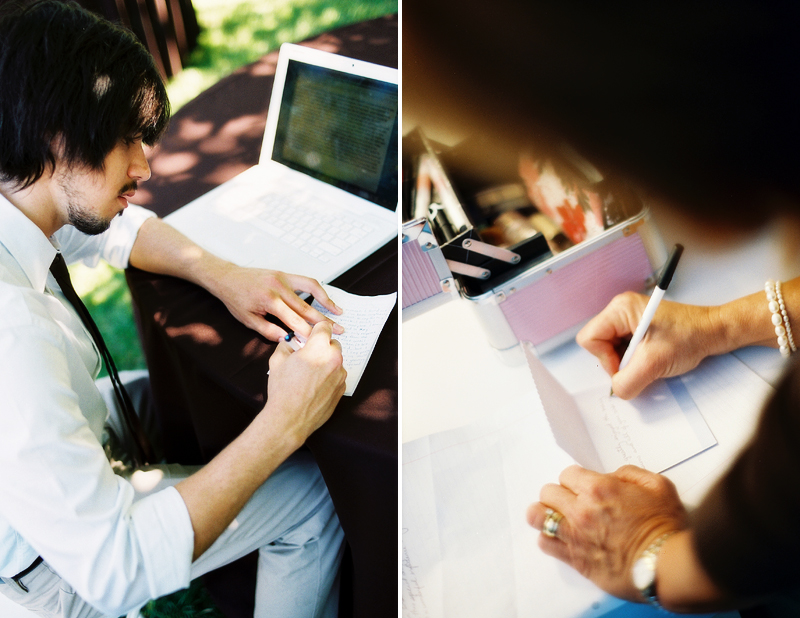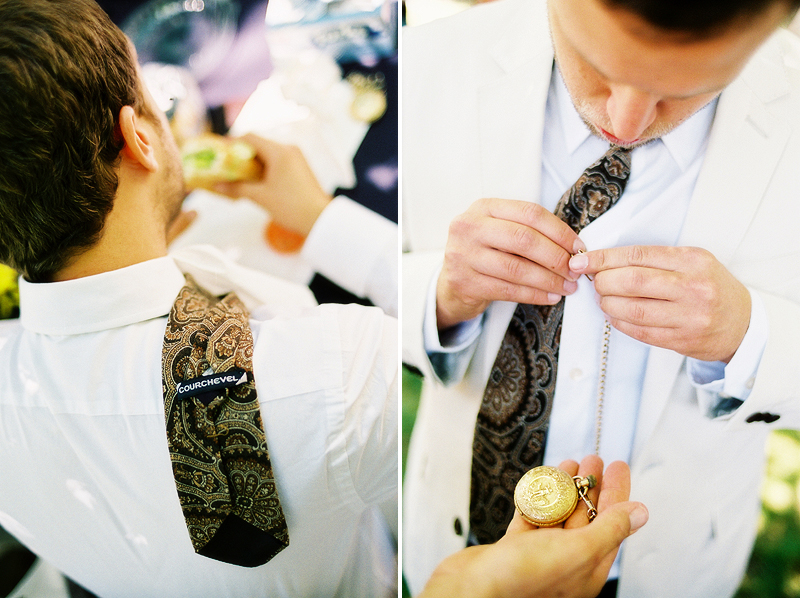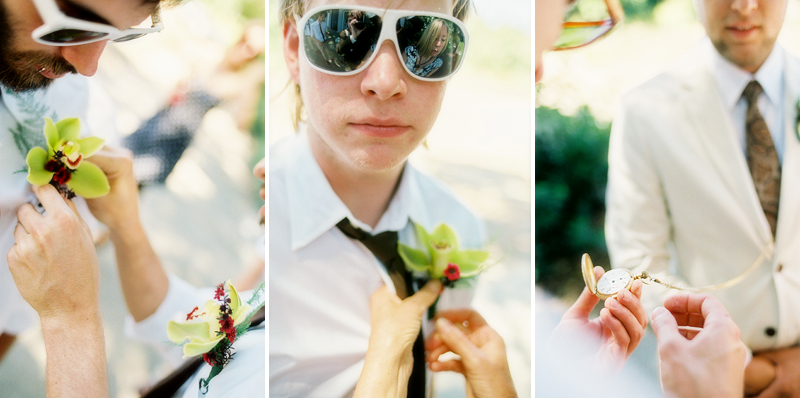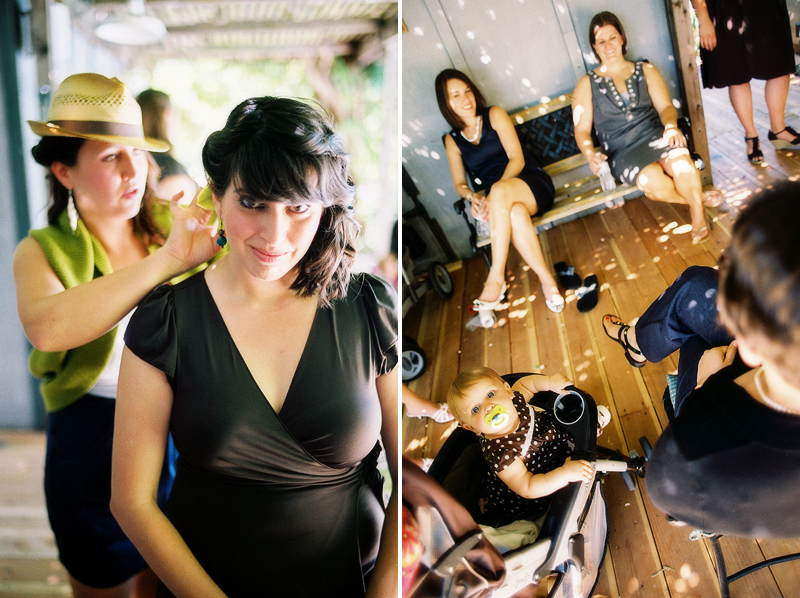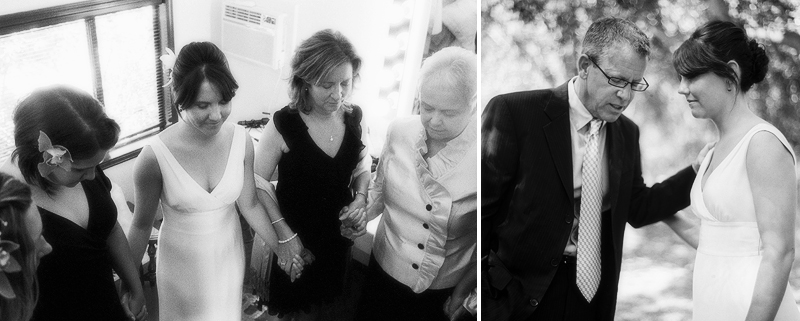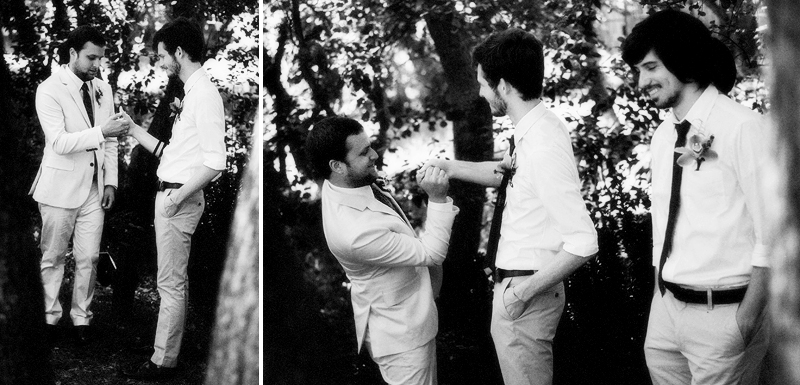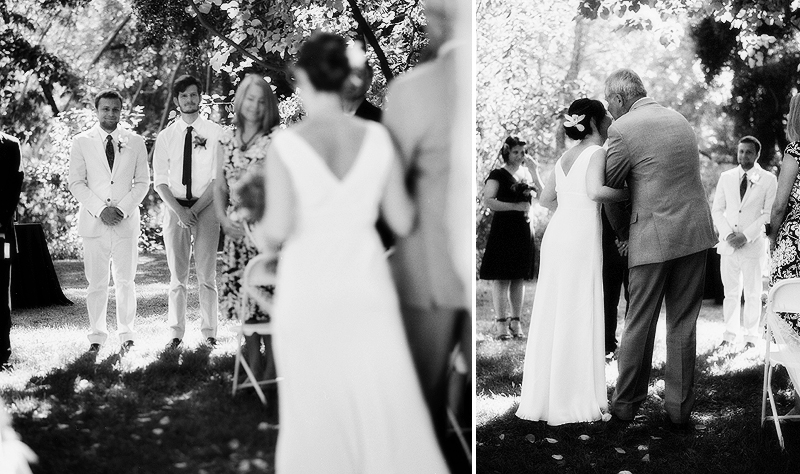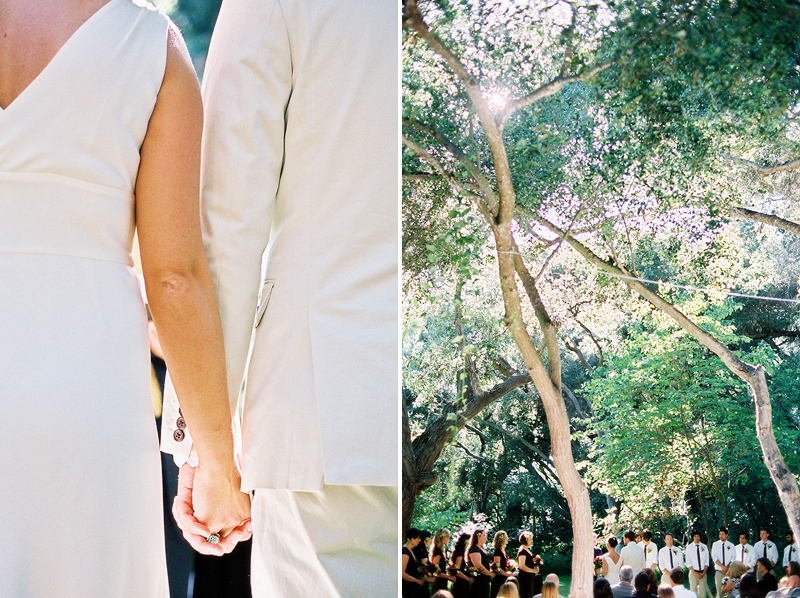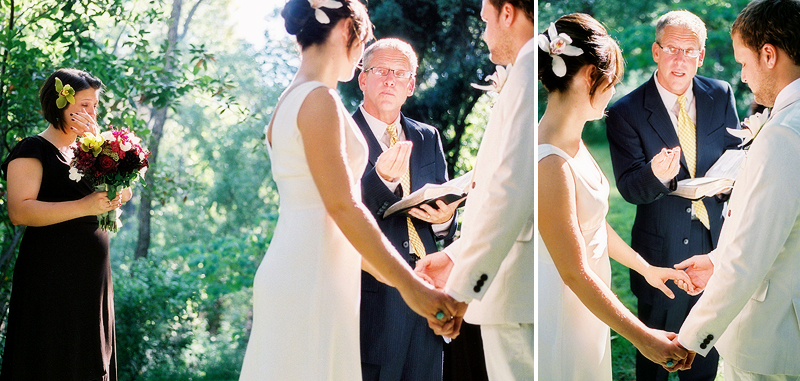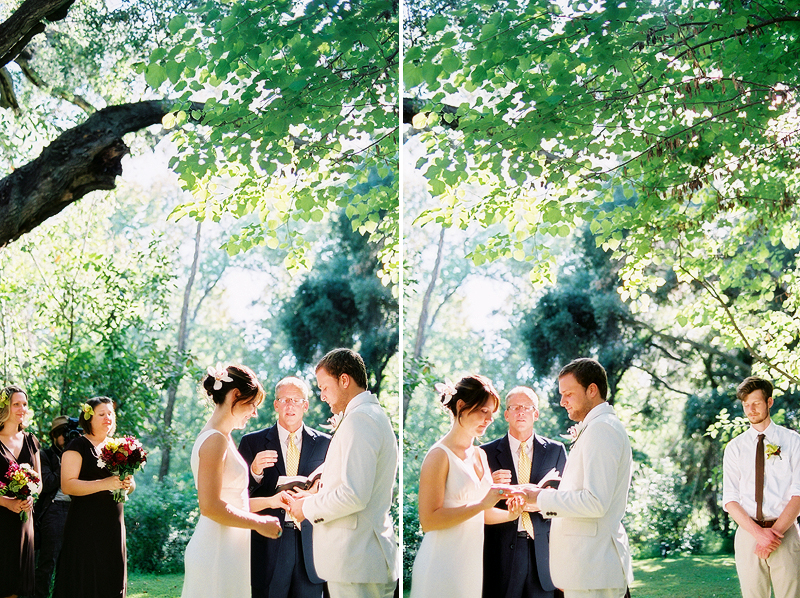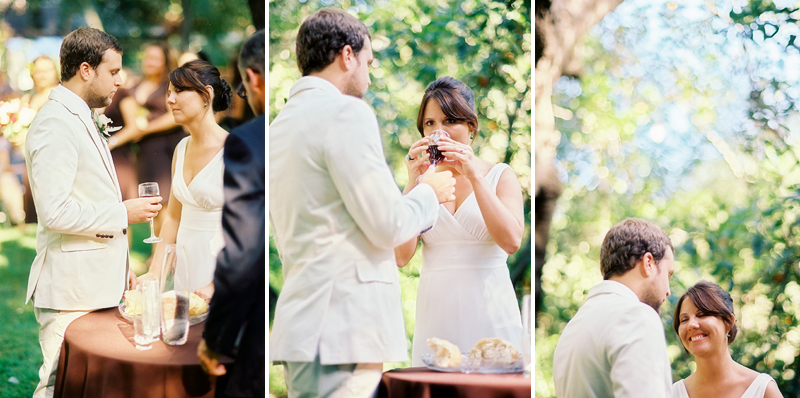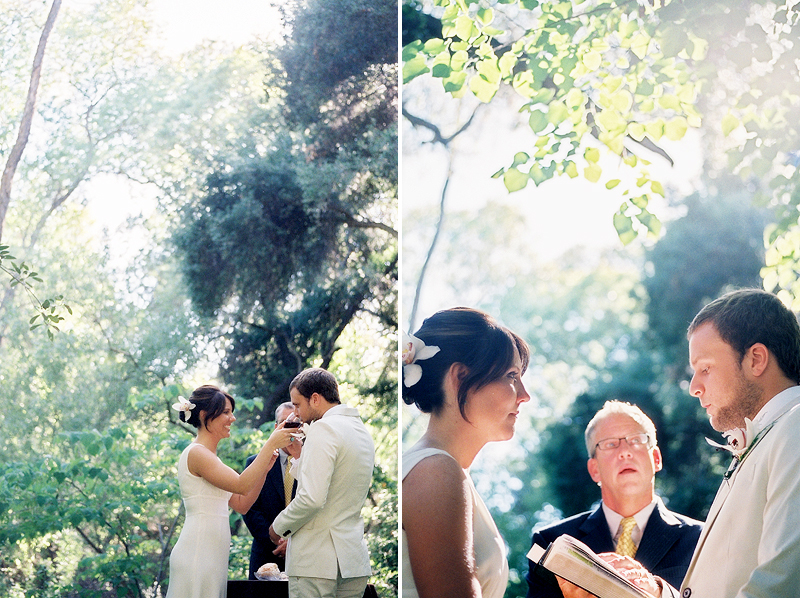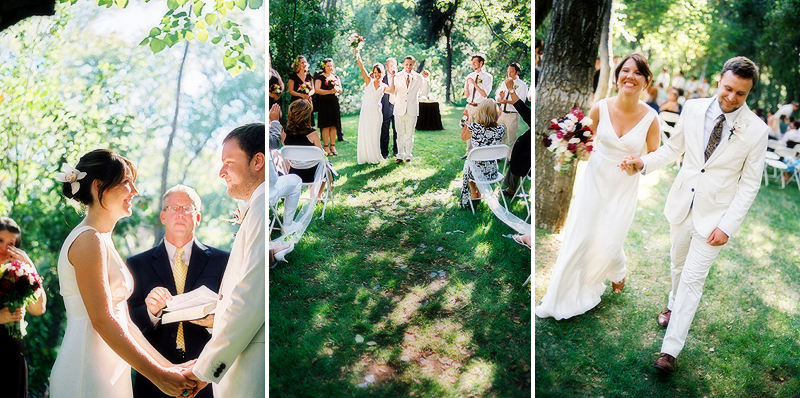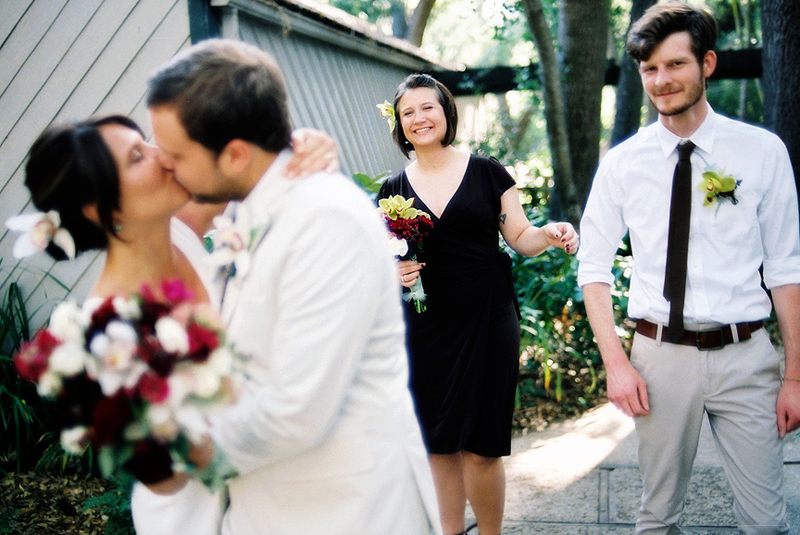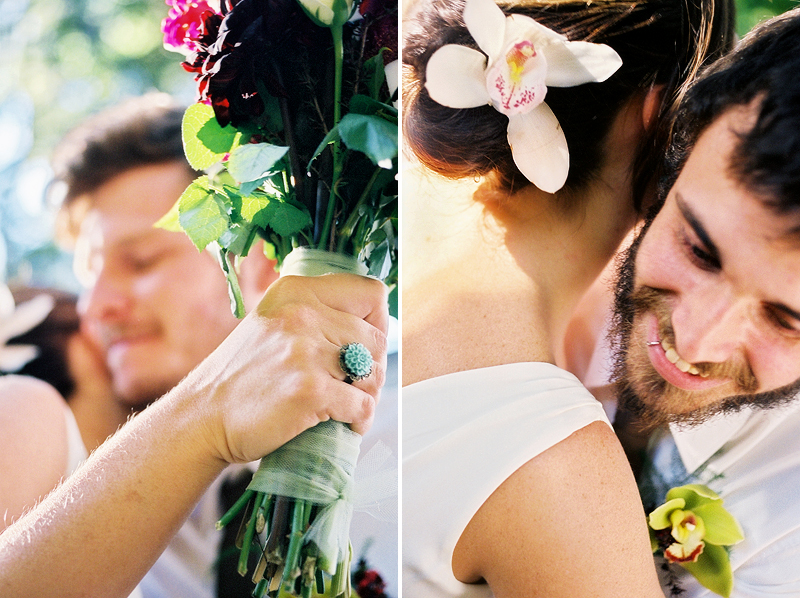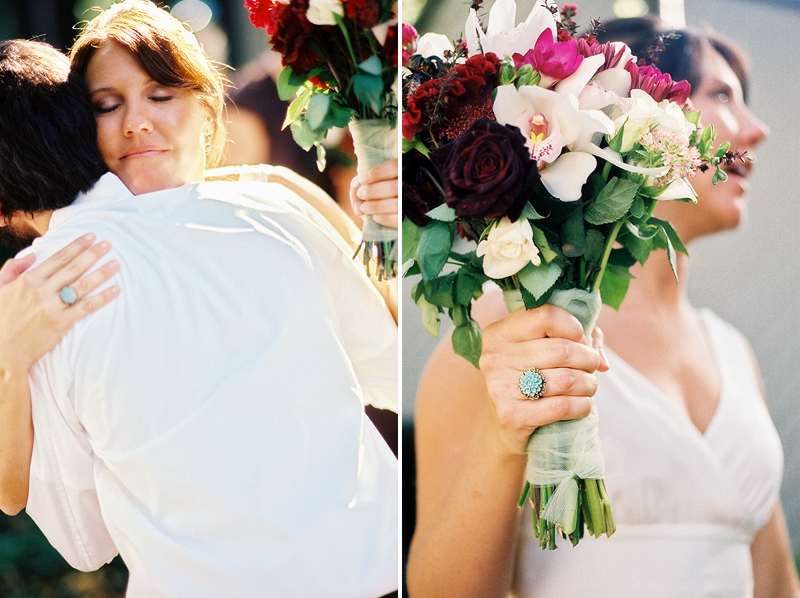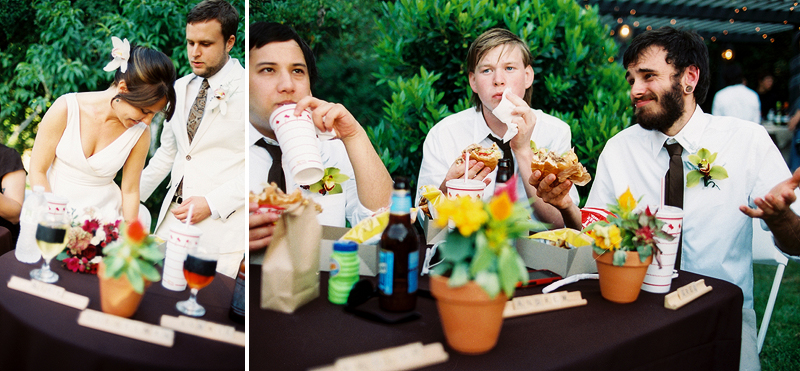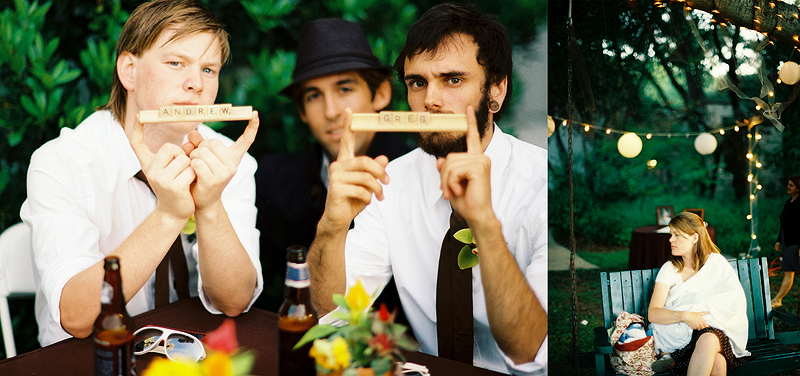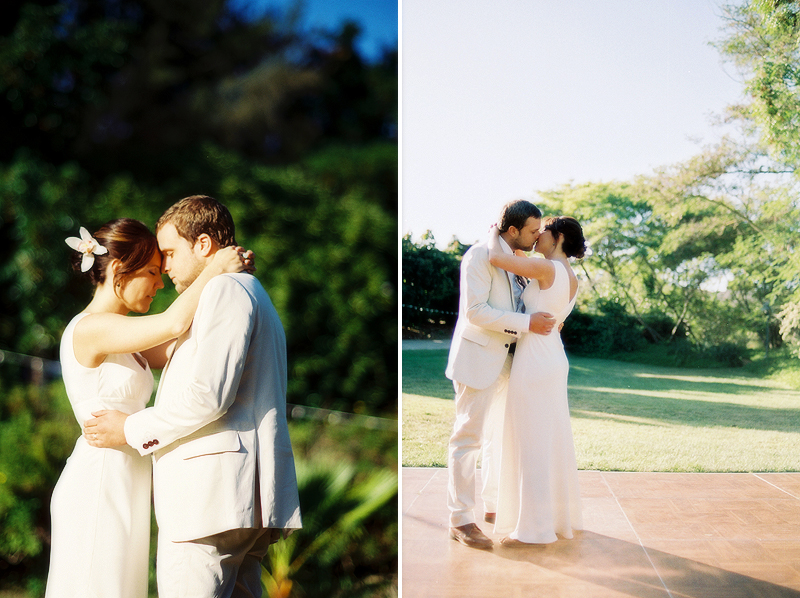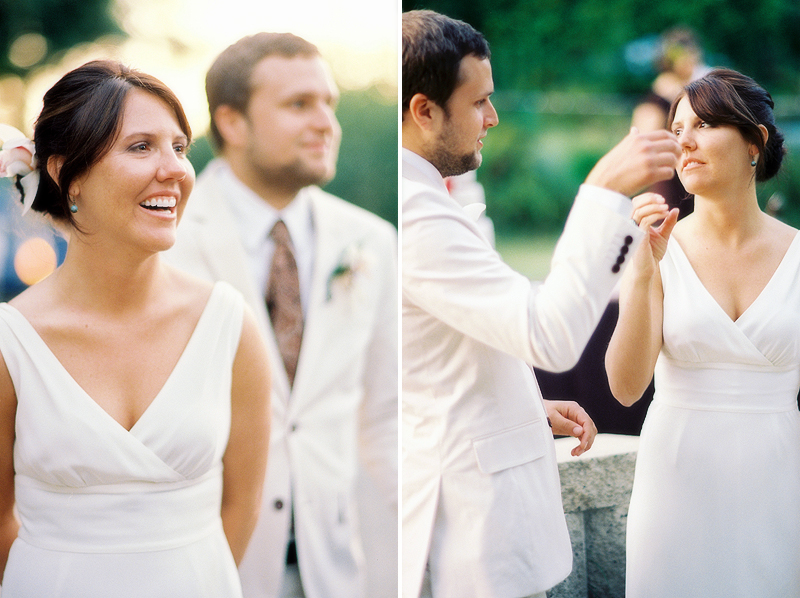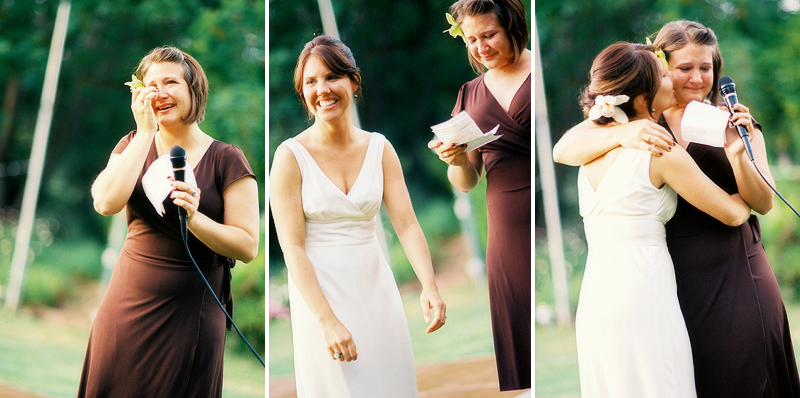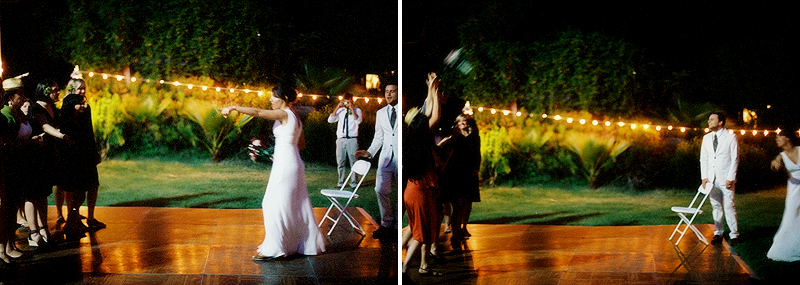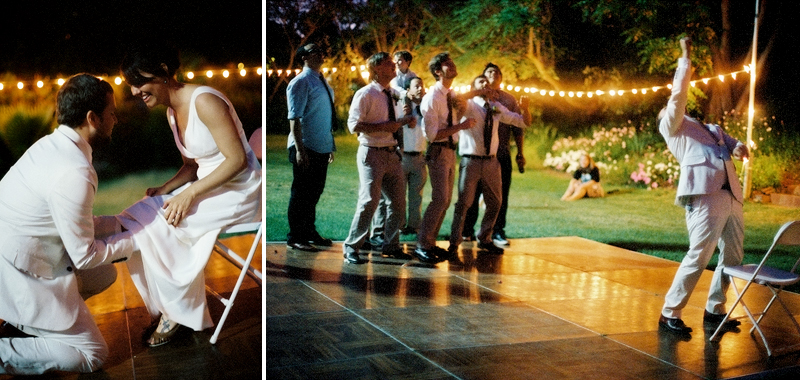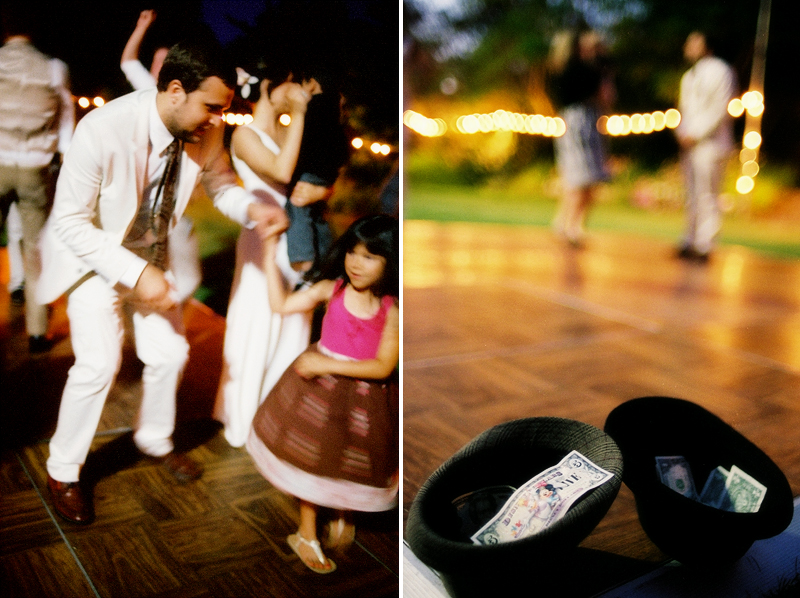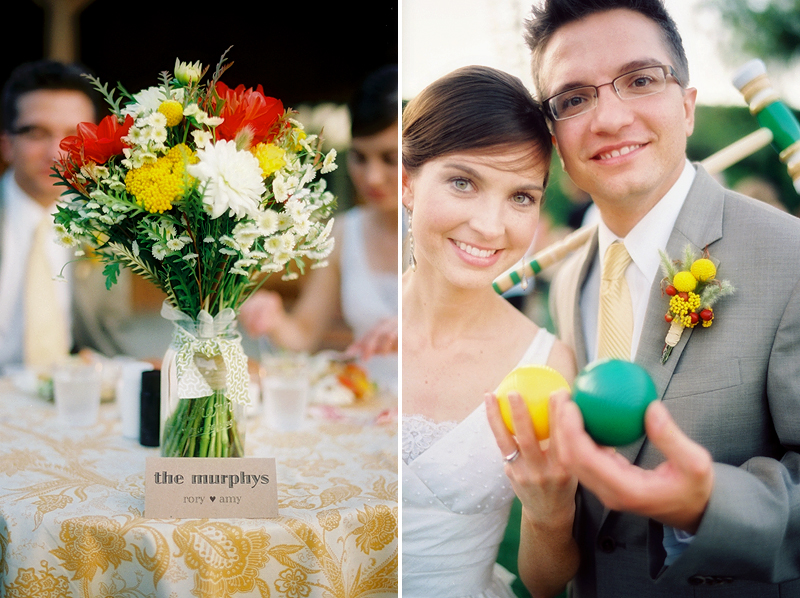
Friday, August 27, 2010
Wednesday, August 25, 2010
The night is darkest just before the dawn - 220 Fuji 400H (RIP) vs. 35mm Kodak 500T
 For many artists straining to see in the dark of a digital age, the recent news of Fuji ending production of 400H in 220 can feel like the final blinding blow from the digital demagogues. After seeing Kodachrome, 800Z, and countless other beautiful stocks (not to mention Polaroid) vanish before our eyes, we have clung to the analoged daylight of the past. After all "Photography" breaks down to "the writing (archiving) of light" in greek, and as photographers we cherish moments of light. I recently received an alarmist text from a fresh photographer, choosing to shoot film, reading "Film is dead, Fuji is killing it!" Another such phone call left me with the image of a successful photographer weeping at her desk, after running into "discontinued" notifications online. I have followed up these emotional reactions with reassurance and rationality, but as these occurrences are becoming all too common, I decided offer our foresight to the public.
For many artists straining to see in the dark of a digital age, the recent news of Fuji ending production of 400H in 220 can feel like the final blinding blow from the digital demagogues. After seeing Kodachrome, 800Z, and countless other beautiful stocks (not to mention Polaroid) vanish before our eyes, we have clung to the analoged daylight of the past. After all "Photography" breaks down to "the writing (archiving) of light" in greek, and as photographers we cherish moments of light. I recently received an alarmist text from a fresh photographer, choosing to shoot film, reading "Film is dead, Fuji is killing it!" Another such phone call left me with the image of a successful photographer weeping at her desk, after running into "discontinued" notifications online. I have followed up these emotional reactions with reassurance and rationality, but as these occurrences are becoming all too common, I decided offer our foresight to the public.
The future may seem pretty dark, but to everything there is a time and a season, and you can't make an omelet without cracking a few eggs. And if Fuji's 400h is an exegetical egg, then Kodak's Vision3 is the Goose that's laying the golden egg! But platitudes aside, let me assure you that film is only going to get better! How do I know this? Because I have seen the future, and it's brighter than ever. You see, film is manufactured (and will continue to be for a long time coming) primarily for motion picture films. TV shows and movies pay millions of dollars per production to film manufacturers. So it is in the interest of; say Kodak, to spend all of it's R&D on motion picture stocks. This technology is only handed down to us, still photographers, years later; i.e. Kodak's celebrated Ektar 1oo is based off of a technology used by cinematographers for a decade.
As recently as this June kodak has been releasing the most exciting emulsions in their Vision3 line of film stocks. We have been shooting these ECN2 negative films since January, and working with Technicolor to have our 250 exposure rolls processed. Our journey into the future has been quite amazing! Our first test was high ISO 35mm 500T vs 800z in low light, and the results blew us away. We then followed up with some real world examples, and upped the ante by comparing 500T to 35mm 400H and 800Z in 220! Now I'm going to blow some minds...
We shoot the Vision3 500T film in our 35mm Nikon F3's with bulk backs, and one of our favorite setups for MF is our Pentax 6x7 with Fuji 400H. This is far from a fair comparison here. A 6x7 negative is 4 times the size of a 35mm frame, and the P67 SMC glass is the best around, not to mention 500T's native ISO is 1000 & tungsten balanced! But I figured what the heck... I exposed 35mm 500T at ISO 800, and 220 400H at ISO 200 (both wide angle lenses were shot wide open). I performed straight scans of each on our Fuji Frontier at an 8x10 proportionate print resolution, then scaled directly to original magnification. You can see for yourself...
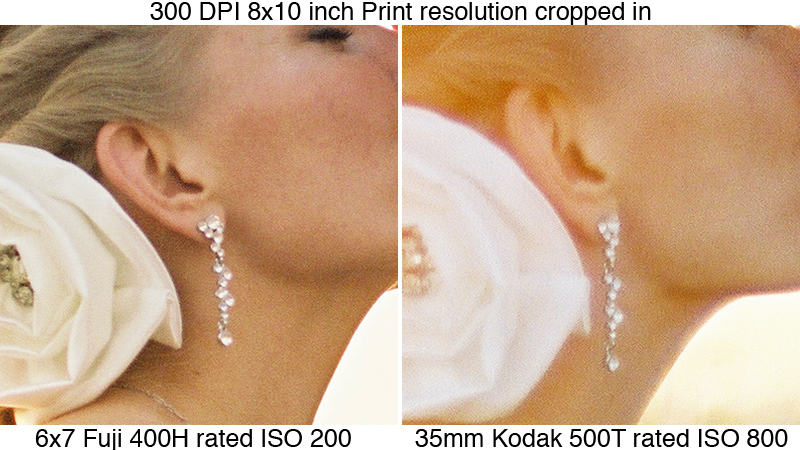
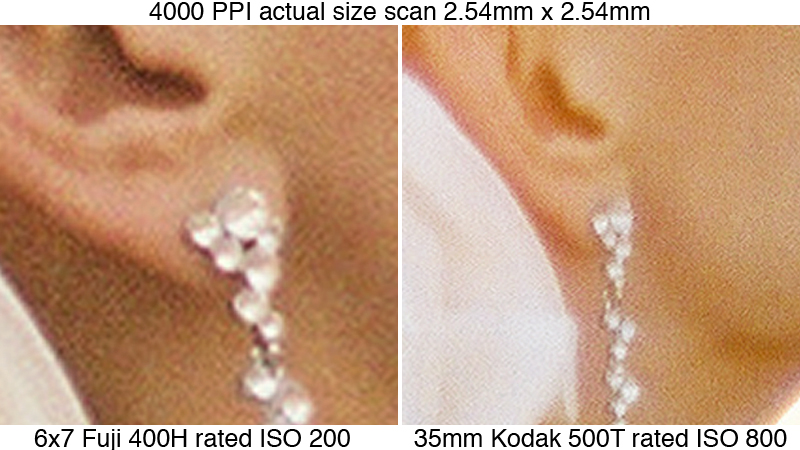
I know that the Pentax glass is superior, and the Nikon is a little softer wide open, but this stuff is ridiculous! Printed at 8x10 neither would have grain visible to naked eye, but the 35mm shot would actually have smoother texture! And just looking at the emulsion close up, I can't help but get excited about what "new" bright ideas Kodak has on the horizon for still photographers... Perhaps in medium format? :-)
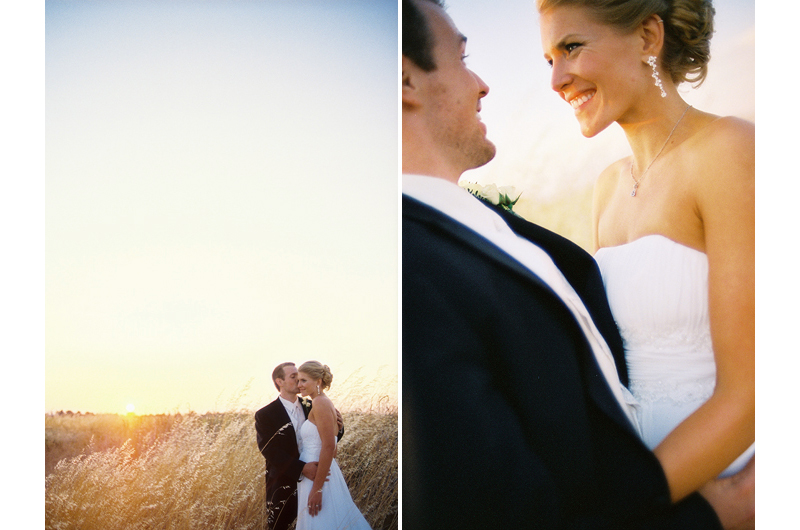
Labels:
400h,
analog,
analogue,
Editorial,
film vs digital,
fujifilm,
High ISO,
Kodak 500T,
Kodak Vision,
L. A.,
Los angeles,
Nikon,
Pentax 6x7,
Wedding Photographers
Wednesday, August 18, 2010
Monday, August 16, 2010
Subscribe to:
Posts (Atom)
